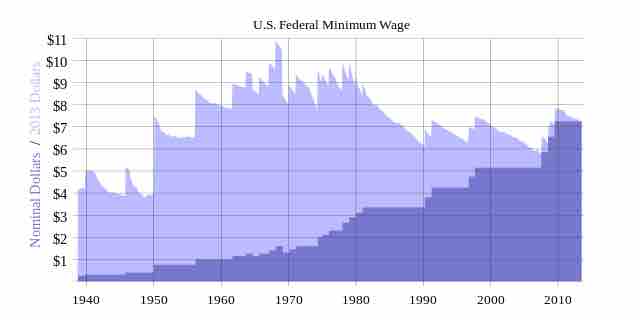Context of Labor Laws
Labor law is the body of laws, administrative rulings, and precedents that address the legal rights and restrictions pertaining to workers and employers. It mediates many aspects of the relationship between trade unions, employers, and employees. Labor laws will differ substantially from country to country (and from state to state domestically), so human-resources professionals must be region-specific in their consideration of specific cases.
Categories of Labor Law
There are two broad categories of labor law:
- Collective labor law concerns the relationship between employee, employer, and union.
- Individual labor law concerns the relationship between employee and employer, as defined through the contract for work.
Employment Standards
Both types of labor law define employment standards. Employment standards are social norms (and in some cases also technical standards) for the minimum socially acceptable conditions under which employees or contractors will work. Government agencies enforce employment standards codified by labor law. These standards include concepts like minimum wage, health and safety regulations, equality, and other protections against abuse.

Federal minimum wage in the U.S.
Though there is a minimum hourly wage in the U.S., the value of that minimum wage has decreased over time as the wage fails to adjust with inflation. In the 1960s and 1970s the federal minimum wage was equivalent to about 9 dollars in 2013, while the 2013 federal minimum wage was 7 dollars.
Laws Shaped by Different Interests
Labor laws arose from workers' demands for better working conditions and the right to organize (or, alternatively, the right to work without joining a labor union) and the simultaneous demands of employers to restrict the powers of workers' organizations and to keep labor costs low. Employers' costs can increase due to workers organizing to achieve higher wages, or as a result of laws imposing costly requirements (such as health and safety) or restrictions on their free choice of whom to hire. Workers' organizations, such as labor unions, can also transcend purely industrial disputes and gain political power.
The state of labor law at any one time is therefore both a product and a component of struggles between different interests in society. As both parties (i.e., employees and employers) are motivated by their own best interests (in a capitalistic view), labor laws are there to define the rules of engagement.
The Employment Contract
The basic feature of labor law is that the rights and obligations between the worker and the employer are mediated through the employment contract. This has been the case since the collapse of feudalism and is the core reality of modern economic relations. Many terms and conditions of the contract are implied by legislation or common law to protect employees and facilitate a fluid labor market.
For instance, in the U.S. a majority of state laws allow for employment to be "at will," meaning the employer can terminate an employee from a position for any reason, barring one that violates the law, such as discrimination. This provision allows fluidity in the labor market, because it allows firms to hire an employee without the concern that they may then be unable to terminate the employment if it later becomes apparent that the employee is not a good fit.
Key Pieces of Legislation
- The Fair Labor Standards Act of 1938 set the maximum standard work week to 44 hours. In 1950, this was reduced to 40 hours.
- The National Labor Relations Act, enacted in 1935 as part of the New Deal legislation, guarantees workers the right to form unions and engage in collective bargaining.
- The Age Discrimination in Employment Act of 1967 prohibits employment discrimination based on age with respect to employees 40 years of age or older.
- Title VII of the Civil Rights Act is the principal federal statute with regard to employment discrimination. It prohibits employment discrimination on the basis of race or color, religion, sex, and national origin, by public and private employers, labor organizations, training programs, and employment agencies. Title VII also prohibits retaliation against any person for opposing any practice forbidden by the law, or for making a charge, testifying, assisting, or participating in a proceeding under the law.
- The Civil Rights Act of 1991 expanded the damages available to Title VII cases and granted Title VII plaintiffs the right to jury trial.